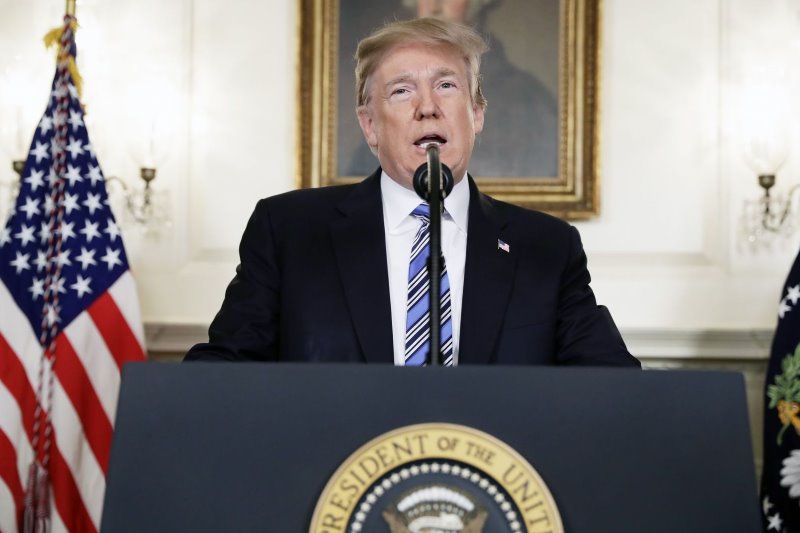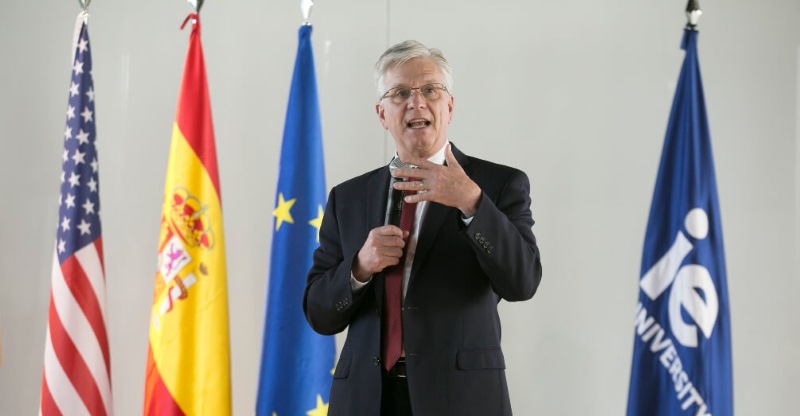Economy
Christopher Waller on Possible Trajectories of the U.S. Economy
Federal Reserve Governor Christopher Waller outlined two possible paths for how former President Donald Trump’s trade strategy could influence the U.S. economy. While he cautioned that the inflationary impact would likely be temporary, he emphasized the consequences of a renewed tariff policy.
An Unprecedented Economic Jolt
Speaking in St. Louis on Monday, Waller described Trump’s new tariff policy as “one of the biggest economic jolts the United States has faced in many decades.” He acknowledged the uncertainty surrounding the long-term implications of the trade policy, which remains unclear.
The Challenge of Fluctuating Tariffs
Waller highlighted the volatility of Trump’s tariff statements, which has caused confusion among financial markets and economists alike. In early April, Trump imposed broad tariffs but suspended certain duties while maintaining a global base rate of 10%, with China facing rates exceeding 100%.
High-Tariff Scenario: Slower Growth and Rising Inflation
In the first scenario, known as the “high-tariff” scenario, Waller projected that sustained 25% tariffs would significantly slow economic growth. He estimated that inflation could peak at an annualized 5% if companies pass costs on to consumers. However, he noted that this surge would likely be temporary if inflation expectations remain anchored.

Trump Secures Key Alliances for Legal Reforms and Trade Deals
Alliances for legal reforms and trade deals: Former President Donald Trump announced alliances with five of the world’s most influential…
Possible Monetary Responses to a Recession Scenario
If the economic slowdown deepens, Waller suggested that the Federal Reserve could consider an early and substantial interest rate cut. This approach would aim to cushion the blow of an impending recession by adjusting monetary policy as needed.
Moderate-Tariff Scenario: Fewer Adverse Effects
In the second scenario, labeled “moderate tariffs,” the inflationary impact would be more contained, with a peak near 3%. In this case, the effects on growth and employment would be less severe, allowing for a more measured monetary response from the Fed.
Monetary Adjustments Based on Inflation Trends
With inflation expectations anchored or even declining, Waller stated that the Federal Open Market Committee (FOMC) would have room to adjust its monetary policy as data reflects inflation trends. In this scenario, rate cuts could be considered starting in the second half of 2025.
Uncertainty and Readiness for Varied Outcomes
In conclusion, Waller emphasized the need for economic policymakers to remain flexible and prepared to face a wide range of outcomes due to the uncertainty surrounding Trump’s future tariff policy.


